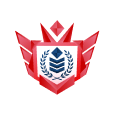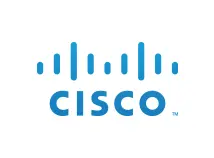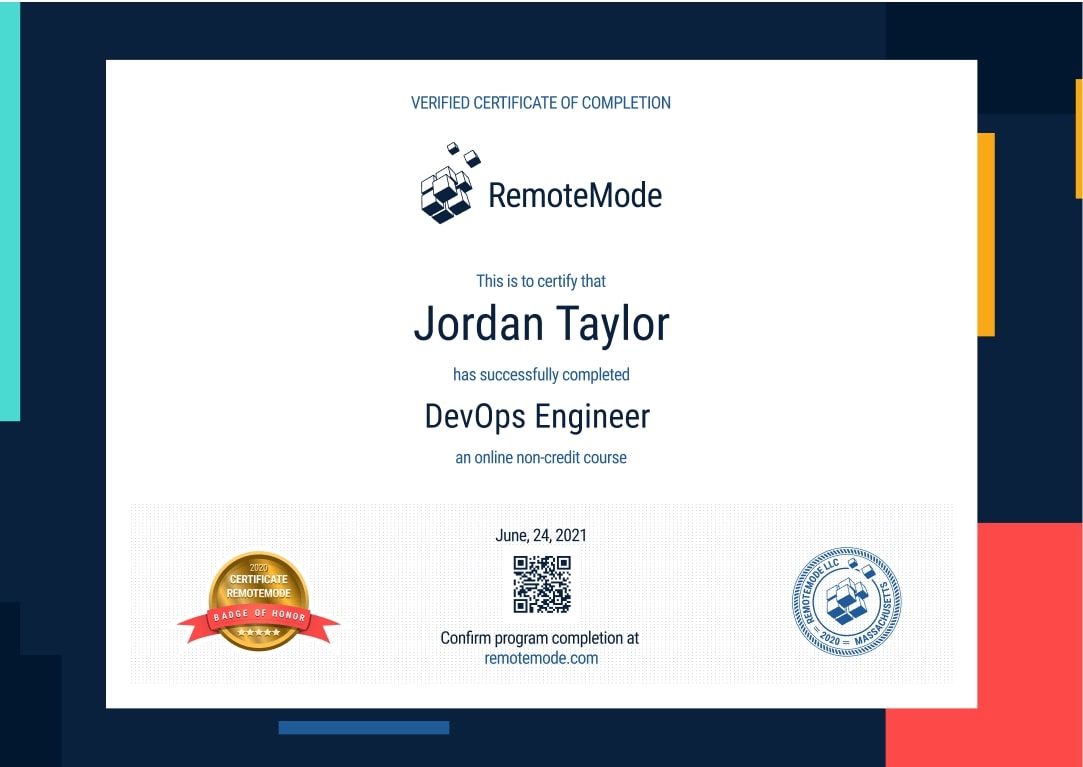Become a Python Developer
Work with and learn one of the most powerful programming languages created. Write and code applications, or analyze and visualize data.
- 7-month long course
- 291 lessons
- 6 hours a week
- 193 hours



Mission Forecast for Python Developers
Landing Zone
Python has been around since nearly the conception of programming. It has an expansive userbase and is being currently used for sections of AI and machine learning. Python is also often used to organize, analyze and visualize data. Python is one of the core languages that is learned and nearly every major tech business uses Python to some degree. Developer jobs will see one of the largest increases and the U.S. Bureau of Labor Statistics is expecting a +22% growth by 2030.
Mission Objective (Who’s Hiring Right Now)

Python Developer Overview
Python is commonly used to build web apps, analyze data, create AI and machine learning programs, automation applications, and scalable enterprise applications.
- + 7-month long course
- + 6 hours a week, go at your own pace
- + 291 on-demand lessons
- + 193 Hours of Learning Materials
- + Receive a certificate confirming your training
- + Participate in real-life Virtual Lab projects
- Develop, Implement, and launch different projects.
- Write code for different applications.
- Design your own programming tools.
- Analyze data and create helpful visuals.
- Work with a team of developers.
Prepare for Liftoff
Flask Framework for Python Developers
These lessons aim to informally introduce Python developers to the Flask framework. It discusses the scope of the Flask framework, alongside factors that make it a better beginning web framework for Python developers in comparison with other frameworks.
Part 1 of 3: Get Started
The Flask Framework is a web application framework written in the Python programming language. It constitutes a collection of code libraries and modules that allow web developers to write applications and reuse code or extensions for common operations.
This offers web developers an opportunity to easily build reliable, maintainable, and scalable web applications minus the worries over small details like thread management, protocol, and others.
Part 2 of 3: Database and Migration
This chapter discusses the process of setting up a database in your Flask framework, as well as the process of migrating data from one database to another, in this case using Flask.
Since the Flask framework does not provide a built-in database, Python developers will need to add a database functionality, such as SQL.
This lesson elaborates the use of SQLAlchemy, a Python SQL toolkit that allows developers to connect Python with their chosen SQL database. This toolkit serves as a bridge between an SQL database and Python to provide database functionality using the database URL.
On the other hand, Flask Migration is discussed in this chapter through detailing the process of transferring data to another database. Installation of Flask-Migrate and Flask-Alembic are executed with pip.
With the use of different migration tools such as Flask-Migrate and Flask-Alembic, Python developers can execute more complex codes and easily manage migration schema changes.
Part 3 of 3: Create an Application
This part of the lesson discusses creating an application through the Flask web application framework.
This elaborate instruction includes an introduction to Bootstrap toolkit, a font-end open-source toolkit that lets developers incorporate responsive web pages in their web applications without writing their own JavaScript, CSS, or HTML code.
This lesson also discusses the role of the Jinja template engine in building HTML pages with the use of basic Python concepts. By the end of this lesson, the Python developer will be able to create a web blog with the use of SQLite in Python 3.
This short tutorial will follow this guideline:
Installing Flask using the pip package installer to start off the Python programming environment.
Building a base application inside a Python file.
Incorporating HTML templates in the base application
Setting up the database and basic functions
Displaying and modifying posts on the web application

Mission Control
- Stay focused with a mentor’s help and support
- Build a real portfolio with Virtual Lab Projects
- Compete with classmates in a virtual classroom
- Measure your progress with the Activity Tracking Log
- Make sure you get the job with resume help and interview assistance
In Collaboration with
Chart Your Trajectory (291 videos 93 hours)
Certificate of Completion
- Receive a certificate recognized by prevalent companies confirming your training
- Complete real projects in Virtual Labs
- Go at your own pace, learn your way
- Access course videos and materials 24 hours a day
- Take practical quizzes to keep you up to speed
- Classes created and mentored by industry leaders

Grow into a Python Developer
With one of the most powerful programming languages ever created, work on some next-level projects like A.I. and machine learning. Python is used in a multitude of different ways to create visual and usable data.
Program Forecast
- 7 months long, 6 hours per week
- 291 lessons in 193 hours
- Learn at your own pace
Virtual Lab
- Real Projects
- Create a working portfolio
- Receive expert feedback and mentoring
Career Services
- Interview preparation
- Resumé assistance
- Help with LinkedIn networking
Request More Information
View pricing and financing options